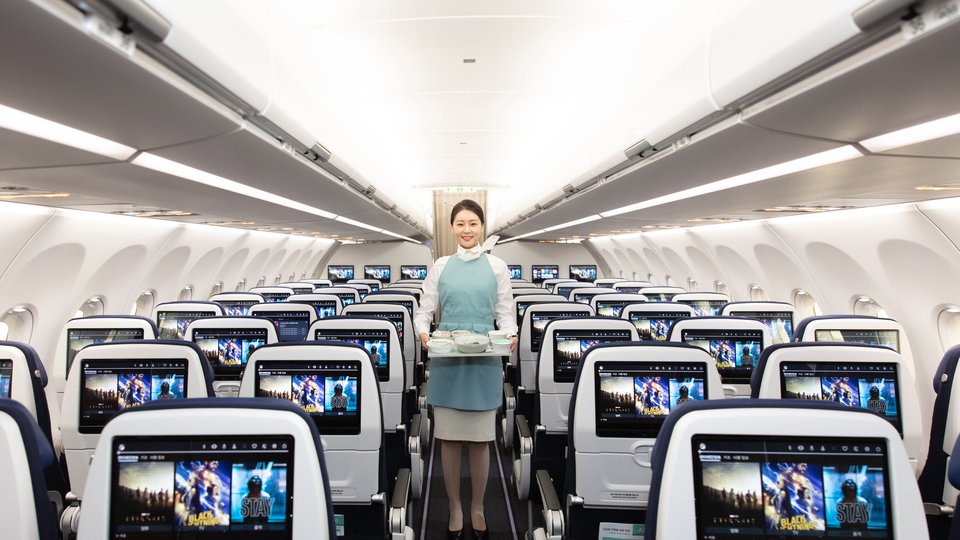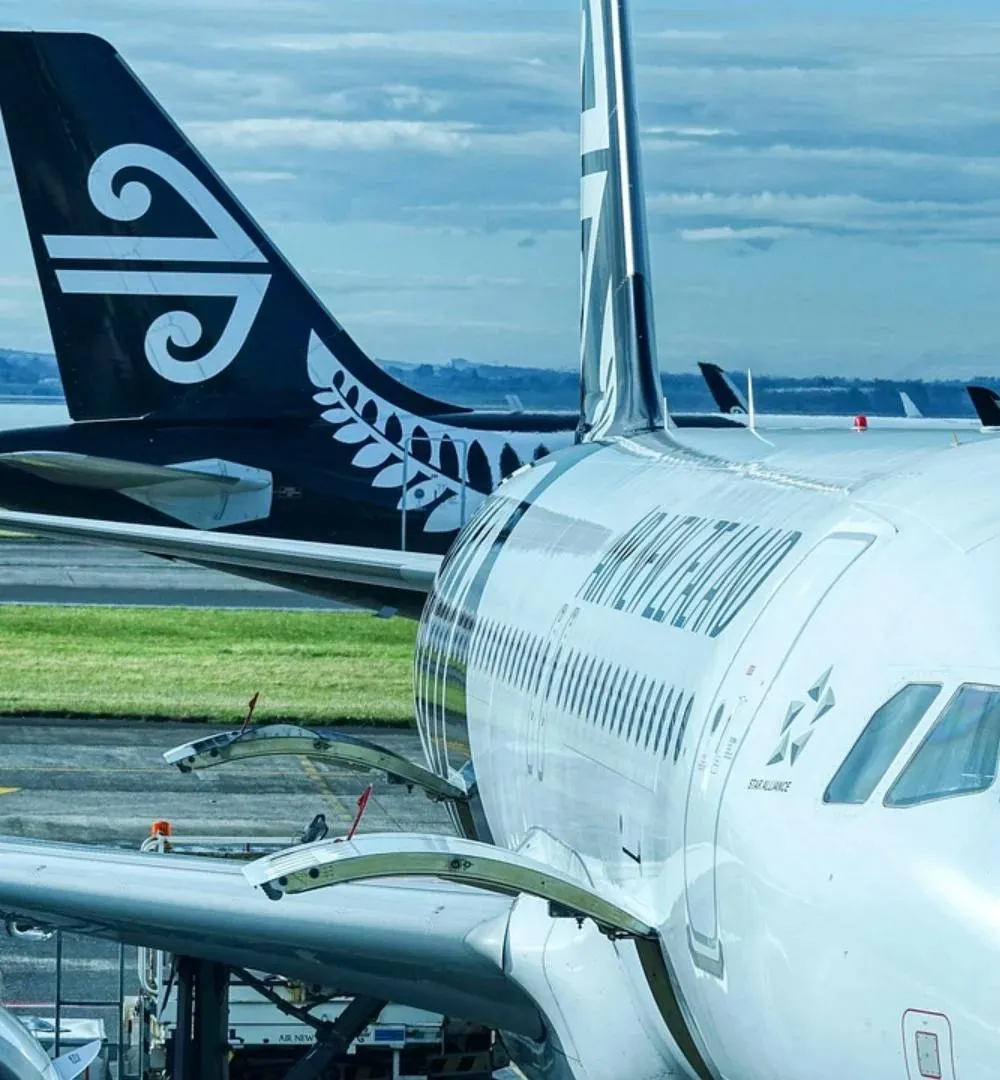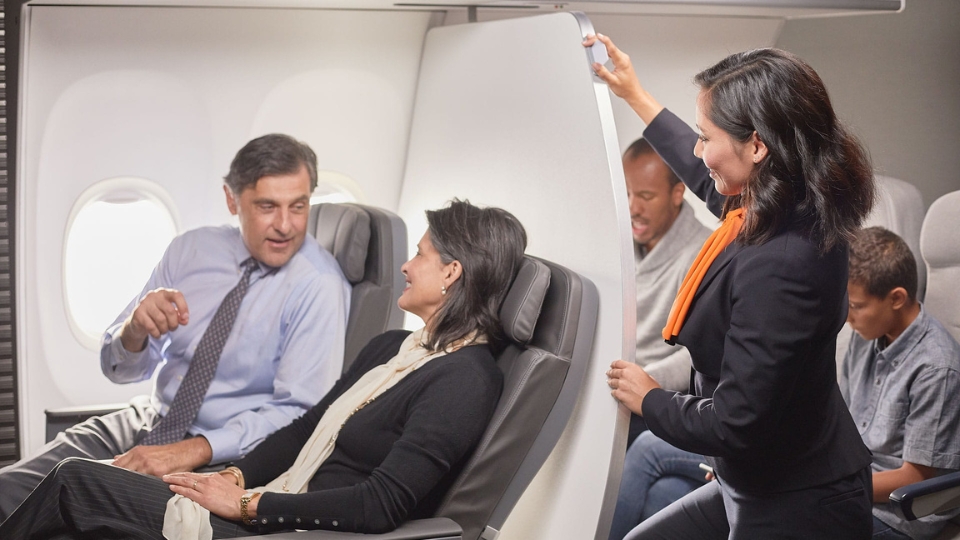Airline safety ratings and awards are essential indicators of an airline’s commitment to passenger safety and operational excellence. They help travelers make informed choices and provide insight into how airlines maintain high safety standards while delivering quality service.
What Are Airline Safety Ratings?
Safety ratings assess an airline’s adherence to international and national aviation standards. Organizations such as AirlineRatings.com and the International Air Transport Association (IATA) evaluate factors like accident history, regulatory compliance, fleet age, and pilot training.
These ratings often range from one to seven stars or use letter grades, with higher ratings indicating better safety performance. Passengers rely on these ratings to gauge the airline’s reliability and risk level.
Criteria Used for Safety Evaluation
Airline safety ratings are based on multiple criteria, including:
-
Accident and Incident History: Frequency and severity of past accidents or safety incidents.
-
Operational Audits: Compliance with IATA Operational Safety Audits (IOSA) and other regulatory inspections.
-
Fleet Age and Maintenance: Modern aircraft and regular maintenance improve safety performance.
-
Pilot Training and Experience: Rigorous training programs and experienced crews enhance operational safety.
-
Safety Policies and Culture: Airlines with strong safety management systems prioritize proactive risk prevention.
These factors combine to provide a comprehensive view of an airline’s safety record.
Importance of Awards
Airline awards recognize excellence in safety, service, innovation, and operational efficiency. Awards from organizations like Skytrax or AirlineRatings.com enhance an airline’s reputation and credibility.
Winning safety awards signals that the airline consistently meets or exceeds industry standards. Awards also encourage continuous improvement and foster trust among passengers.
How Passengers Use Safety Ratings
Travelers consider safety ratings when choosing airlines, especially for long-haul or international flights. High-rated airlines provide reassurance regarding aircraft condition, crew competence, and operational practices.
Safety ratings also help passengers compare airlines objectively, reducing anxiety and supporting informed decision-making.
Impact on Airline Operations
Airlines prioritize safety ratings to maintain regulatory approval and public confidence. High ratings attract more customers, improve market competitiveness, and support partnerships with other airlines.
Awards and ratings also motivate airlines to invest in modern aircraft, advanced training, and innovative safety technologies.

Understanding Airline Safety Ratings and Awards
Transparency and Reporting
Many airlines publish safety reports and updates on maintenance programs, audits, and incidents. Transparency in reporting reinforces credibility and allows passengers to track improvements over time.
Access to clear, accurate safety information helps travelers make confident choices while holding airlines accountable.
Conclusion
Understanding airline safety ratings and awards is essential for informed travel decisions. Safety ratings reflect an airline’s operational standards, maintenance practices, pilot training, and incident history. Awards highlight excellence in safety and service, enhancing passenger trust. By considering these metrics, travelers can select reliable airlines and enjoy peace of mind, while airlines benefit from recognition and improved operational performance.















